What is a black hole?
A black hole is a region of spacetime from which nothing can escape, even light.
To see why this happens, imagine throwing a tennis ball into the air. The harder you throw the tennis ball, the faster it is travelling when it leaves your hand and the higher the ball will go before turning back. If you throw it hard enough it will never return, the gravitational attraction will not be able to pull it back down. The velocity the ball must have to escape is known as the escape velocity and for the earth is about 7 miles a second.
As a body is crushed into a smaller and smaller volume, the gravitational attraction increases, and hence the escape velocity gets bigger. Things have to be thrown harder and harder to escape. Eventually a point is reached when even light, which travels at 186 thousand miles a second, is not travelling fast enough to escape. At this point, nothing can get out as nothing can travel faster than light. This is a black hole.
Do they really exist?
It is impossible to see a black hole directly because no light can escape from them; they are black. But there are good reasons to think they exist.
When a large star has burnt all its fuel it explodes into a supernova. The stuff that is left collapses down to an extremely dense object known as a neutron star. We know that these objects exist because several have been found using radio telescopes.
If the neutron star is too large, the gravitational forces overwhelm the pressure gradients and collapse cannot be halted. The neutron star continues to shrink until it finally becomes a black hole. This mass limit is only a couple of solar masses, that is about twice the mass of our sun, and so we should expect at least a few neutron stars to have this mass. (Our sun is not particularly large; in fact it is quite small.)
Stellar black holes, mid-mass black holes, and supermassive black holes.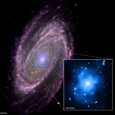
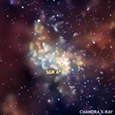
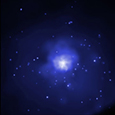
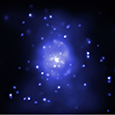
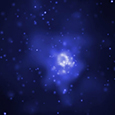
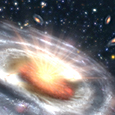
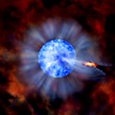
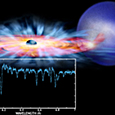
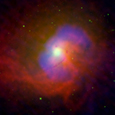

No comments:
Post a Comment